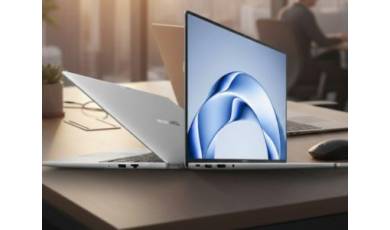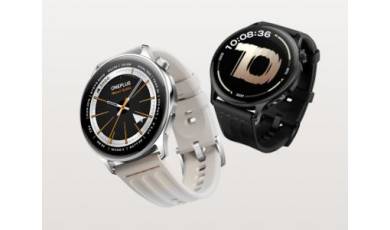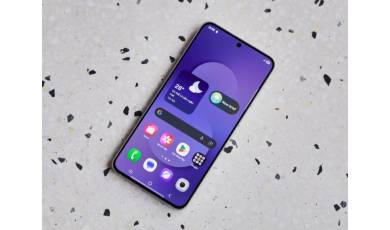Oppo F1 specs.
Mobiles >> Oppo >> Oppo F1| Specifications | Reviews | Secret codes |
Type OPPO F1
Type
Smartphone
Basic OPPO F1
Smart Phone OS
Android
Smart Phone OS ver
ColorOS 2.1, based on Android 5.1
SIM
Micro SIM
Nano SIM
Dual SIM
Nano SIM
Dual SIM
CPU
Qualcomm MSM8939 Octa-core
Processor Speed
Octa-core 1.7 GHz Cortex-A53
Storage
16GB
RAM
3GB
External Storage
Support microSD card, expandable up to 128GB
Battery
Non-removable battery with the minimum volume of 2400mAh, the typical volume of 2500mAh
Screen OPPO F1
Screen Size
5 inches IPS TFT
Resolution
HD (1280 by 720 pixels)
Network OPPO F1
Type
2G
3G
3G
2G
3G Version: GSM 850/900/1800/1900MHz
Asia-Pacific Version: GSM 850/900/1800/1900MHz
International Version : GSM 850/900/1800/1900MHz
Asia-Pacific Version: GSM 850/900/1800/1900MHz
International Version : GSM 850/900/1800/1900MHz
3G
3G Version: WCDMA 2100MHz
Asia-Pacific Version: WCDMA 850/900/2100MHz
International Version : WCDMA 850/900/2100MHz
Asia-Pacific Version: WCDMA 850/900/2100MHz
International Version : WCDMA 850/900/2100MHz
4G (LTE)
Asia-Pacific Version: LTE Bands 1/3/8
International Version : LTE Bands 1/3/5/7/8/20/28/TD-38/39/40/41
International Version : LTE Bands 1/3/5/7/8/20/28/TD-38/39/40/41
Speed
HSPA, LTE
Camera OPPO F1
Main Camera
13 MP
Front Camera
8 MP
Others OPPO F1
Features
WiFi
GPS
Bluetooth
Flash
GPS
Bluetooth
Flash
Size OPPO F1
Dimensions
143.5 x 71 x 7.25 mm (HxWxD)
Weight
134 g
Comments, Questions and Answers about Oppo F1
Ask a question about Oppo F1






